Customized furniture for the whole house currently has too many types of plywood on the market, and the name alone can make people dazzling, but from the material point of view, there are only two types: solid wood plywood and wood-based board.
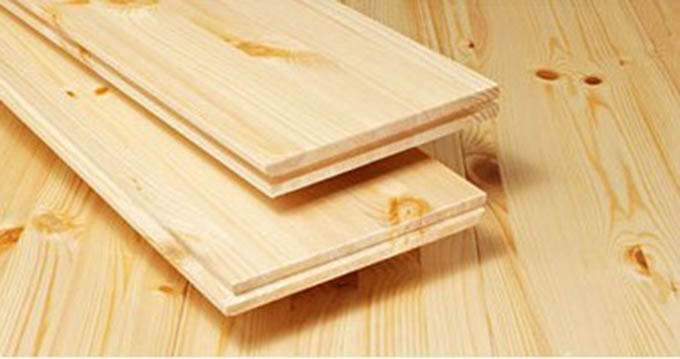
solid wood board: it is a wood board made of intact wood.
Wood-based board: Compared with solid plywood, wood-based board are processed through wood, including plywood, particle plywood, fiber plywood, blockboard, hollow core board, ecological board etc, all belong to wood-based panels.
First of all, solid wood plywood is not the best choice for custom furniture in the whole house. Let me explain it first to prevent many friends from misunderstanding:
First, the types of solid wood are distinguished by tree species. Not all tree species can become the base material of furniture. The processing performance and appearance affect bad solid wood species are not as good as wood-based panels. However, high-end solid wood species are becoming scarcer and more expensive, neither from the perspective of environmental protection nor from the perspective of purchasing power, they are not the most suitable raw materials.
Second, because solid wood grows naturally, its size, softness, and hardness are not uniform. The natural properties of dry shrinkage and swelling are particularly obvious. If it is not processed or processed improperly, it will be affected by temperature during use. Affected by humidity, it is easy to cause various phenomena such as warping and cracking. On the contrary, because of scientific processing, wood-based panels not only have a smooth surface, easy processing, good mechanical properties, but also more stable structural properties.
So today, wood-based panels are widely used in customized homes, not because wood-based panels are more economical, just because wood-based panels are more suitable. Next, we will focus on the five substrates that are currently used in the market: particle plywood, density board (fiberboard, density fiberboard), blockboard (large core board, wood core board, wood board), ecological board, multilayer plywood.
Particle plywood
Particle plywood is a wood-based panel made of wood shavings, sawn wood, wood or wooden poles, logs, fine wood fiber on both sides, long wood fiber in the middle, and glued synthetic board under the action of heat and pressure after applying an adhesive. The panel surface is melamine veneer, and its cross-section presents a honeycomb-shaped plate.
Advantages: The surface of the particle plywood is smooth and delicate, without knots, bug holes, no warping, no cracking, and has the advantages of high physical and mechanical strength, equal longitudinal and lateral strength, sound insulation, mildew resistance, economy, and heat preservation. Warpage is not easy to deform, strong nail holding force, good processing performance.
Disadvantages: Glue is used in the process, and the environmental protection performance is slightly worse than that of solid wood panels; the surface is not smooth and can only be straight and cannot be shaped; it requires high equipment technology; the cutting surface cannot be scrubbed with water, and it will swell for a long time (good sealing Edge technology can solve this problem)
Specifications and uses:
Specifications: Commonly used length * width: 2440*1220mm.
Common thickness: 3mm, 5mm, 6mm, 9mm, 12mm, 15mm, 16mm, 18mm, 25mm.
Uses: As a new high-grade environmentally friendly base material, solid wood particle plywood is widely used by European and American furniture manufacturers, and the domestic high-end plywood furniture market has also begun to adopt this kind of plywood on a large scale.
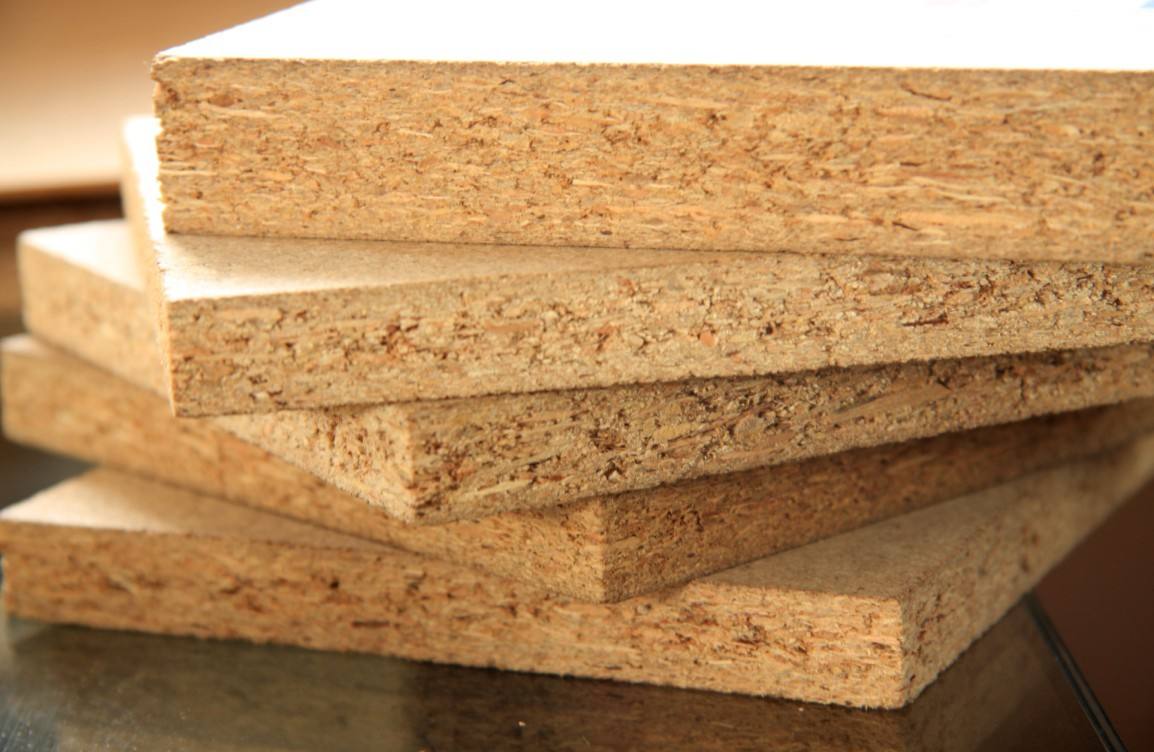
Density board
Density board, also called fiberboard, is a man-made board made of wood fiber or other plant fibers, applied with urea-formaldehyde resin or adhesive under heating and pressurizing conditions. According to its different density, it can be divided into high density board, medium density board and low density board (medium density board density is 650Kg/m³—800Kg/m³, high density board density is above 800Kg/m³).
Advantages: MDF is easy to finish processing. Various coatings and paints can be evenly coated on the density board, which is the first choice for the paint effect. Various materials such as veneer, printing paper, PVC, adhesive tape film, impregnated paper and thin board can be finished on the surface of density board. After punching and drilling, the rigid density board can also be made into sound-absorbing board, which can be used in architectural decoration engineering. The physical properties are excellent, the material is uniform, and there is no dehydration problem. The common blister molded door panels on the market are made of MDF as the base material, with PVC film on the surface, and hot pressed at high temperature.
Disadvantages: The biggest disadvantage of MDF is that it is not moisture-proof, it swells when exposed to water, and the secondary nail holding force is poor; the powdery glue content is relatively large
Specifications and uses:
Specifications: The commonly used format sizes are 1220mm*2440mm and 1830mm*2440mm.
The main thicknesses are: 1mm, 2.4mm, 2.7mm, 3mm, 4.5mm, 4.7mm, 6mm, 8mm, 9mm, 12mm, 15mm, 16mm, 18mm, 20mm, 22mm, 25mm, 30mm
Uses: Due to its uniform structure, fine material, stable performance, impact resistance and easy processing, MDF is widely used in domestic furniture, decoration, musical instruments and packaging. It is commonly used in the modeling door panels of wardrobes, embossed hollows and other crafts that require carving.
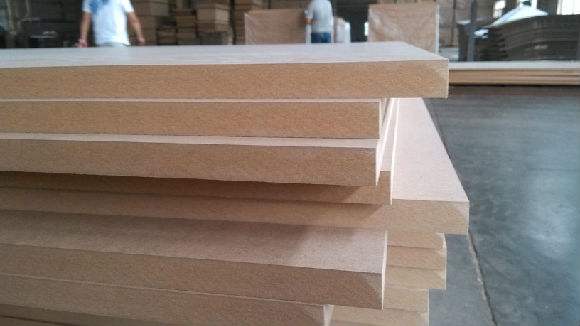
Blockboard
Blockboard, commonly known as big core board, wood core board, wood board, is made of two pieces of veneer glued and spliced together. The middle board is made of high-quality natural board after heat treatment (drying in the drying room), processed into a certain specification of wood strips, and spliced by a splicing machine. The spliced wooden boards are covered with two layers of high quality veneers on both sides, and they are made after cold and hot press glue. The function of blockboard is sometimes affected by the material of the board core and the quality and price are different.
Advantages:
1. Physical properties
2. Practicability:
3. Stability
Disadvantages:
1. Poor quality stability
2. High formaldehyde content
3. Anti-deformation ability
Main uses: furniture, doors and windows and covers, partitions, false walls, heating covers, curtain boxes, door covers, grassroots, etc.
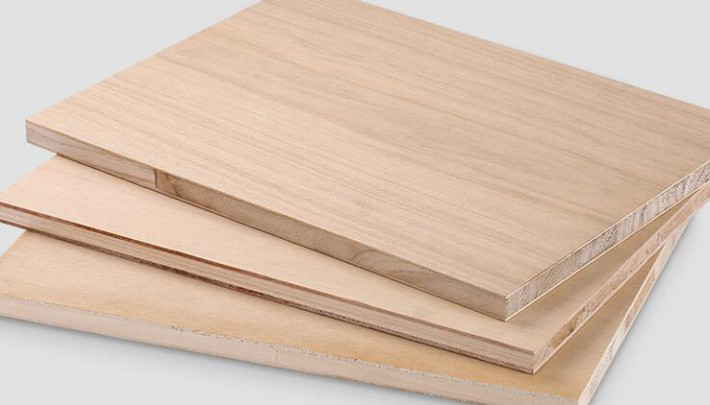
Multilayer plywood
Multilayer plywood have the same structure as the wafer biscuits we usually eat. It is a three-layer or multi-layer board shape that is cut into veneer from the wood end or sliced into thin wood from the wood side, and then glued with an adhesive. It is usually made of odd-numbered veneers, and the fibers of adjacent veneers are glued together vertically. Splints are generally divided into six specifications of 3mm, 5mm, 9mm, 12mm, 15mm and 18mm.
Advantages:
1. The structure has good stability and is not easy to deform.
2. The self-made high-quality environmentally friendly glue is used in the production process to make the product's formaldehyde emission limit meet the national standard requirements, which is green and environmentally friendly.
Disadvantages:
1. It is easily deformed by the environment.
2. The appearance of the wood board is not beautiful enough, with small nodules and color aberrations.
Main uses: The environmental protection grade reaches E1, which is the most commonly used material for handmade furniture.
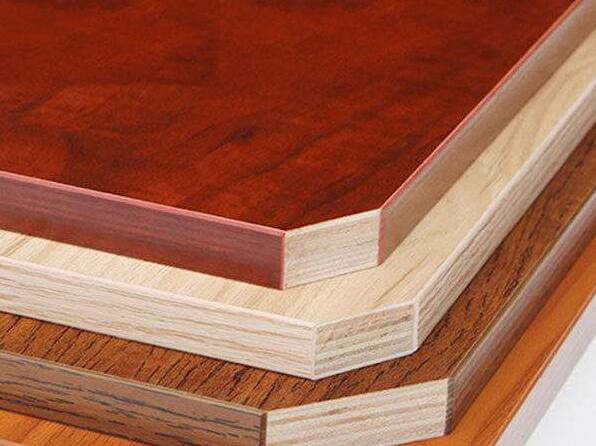
Eco Board
There are many names in the industry, common names are paint-free board and melamine plywood. Ecological board is divided into two concepts, narrow sense and broad sense.In a broad sense, ecological board is equivalent to melamine veneer. In a narrow sense, the ecological board only refers to the melamine veneer where the base material used in the middle is spliced solid wood (such as Malacca, Chinese fir, paulownia, poplar, etc). Mainly used in furniture, cabinets, wardrobes, bathroom cabinets and other fields.
Advantages and disadvantages:
"melamine faced plywood" uses melamine impregnated paper as a decorative surface. Compared with traditional sticker furniture, melamine plywood has the characteristics of high temperature resistance, acid and alkali resistance, moisture resistance, and fire resistance. The surface is not easy to change color and peel, and it is easy to process into styles. The veneer with different and strong texture has been rapidly used in furniture, flooring and interior decoration since its birth. At the same time, as a new type of product, melamine coated plywood combines the functions of veneer and plywood (or blockboard) into one, which saves the production process, increases the added value of the product, and saves decoration for consumers. Cost and labor are leading the new trend of home improvement. The mainstream panel furniture on the market is basically made of melamine veneer panels.
During use, if the use environment is relatively humid, it will cause great deformation, and the wood inside will become moldy and worms. Therefore, in the purchase process, consumers need to distinguish the wood species of the wood.
In fact, there are many types of boards, and new types of boards are emerging in an endless stream. In terms of environmental protection, solid wood board better than ecological board better than multilayer board better than particle board, but solid wood board and ecological board are not only expensive, because they are closer to the natural state, the size, hardness, etc are not uniform, and its natural properties of dry shrinkage and swelling will be more obvious.
